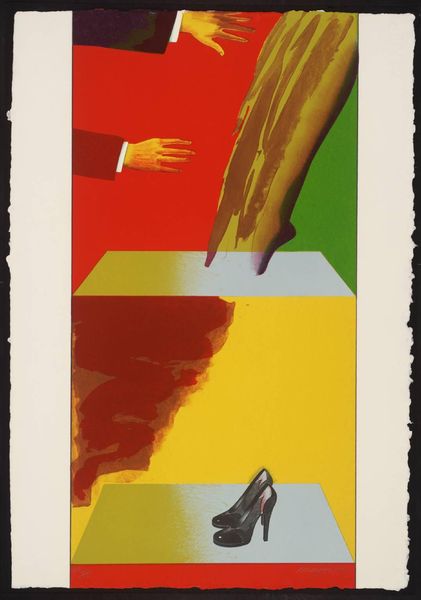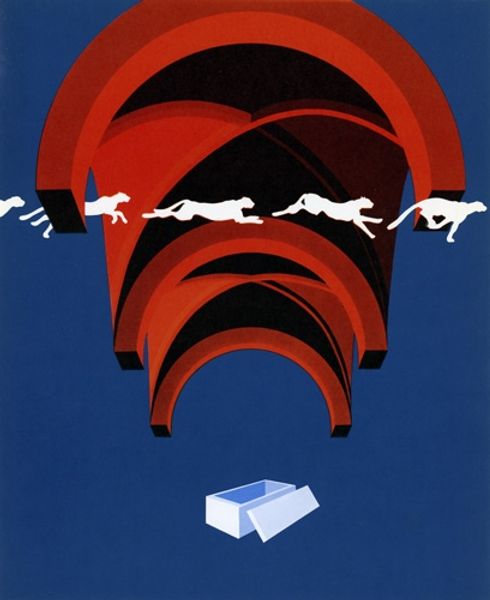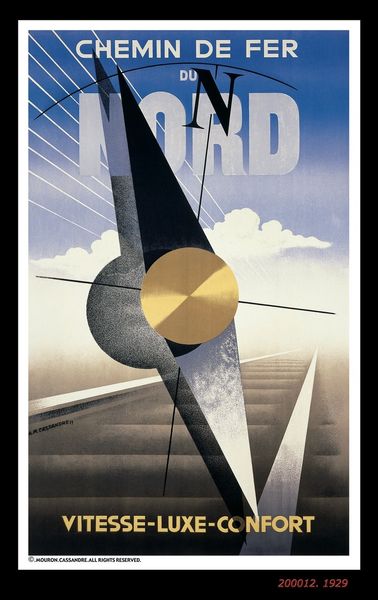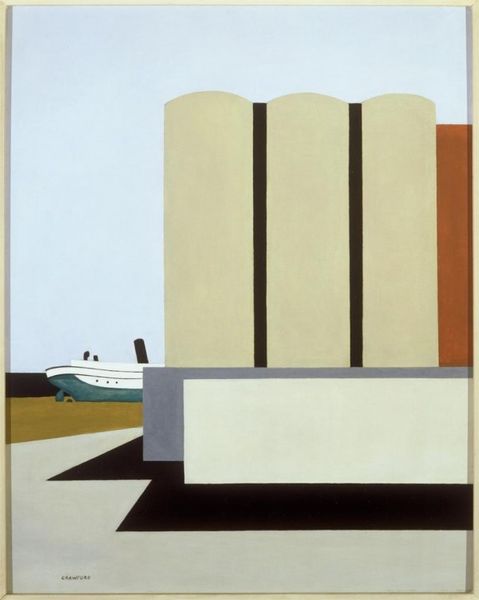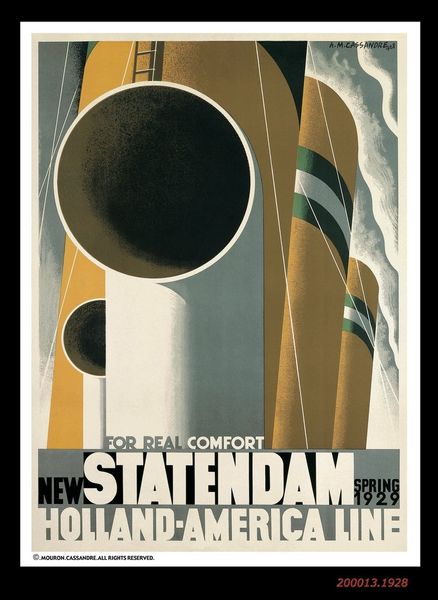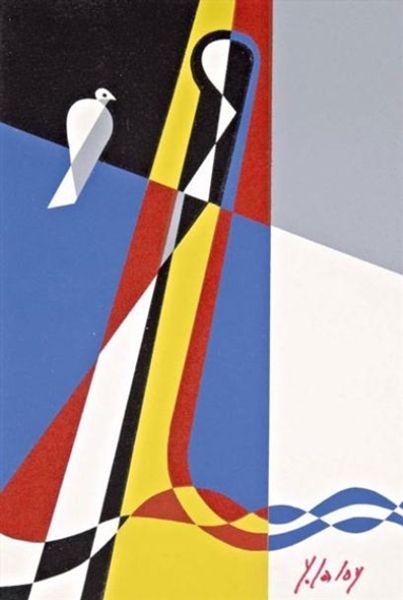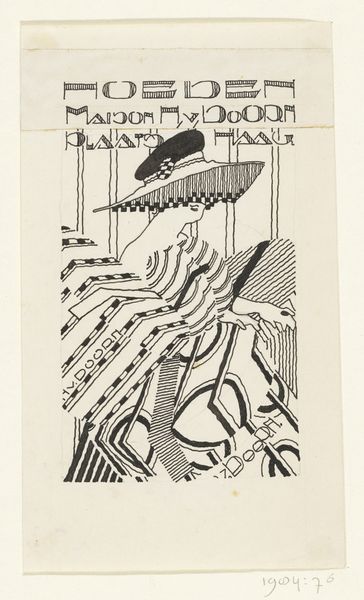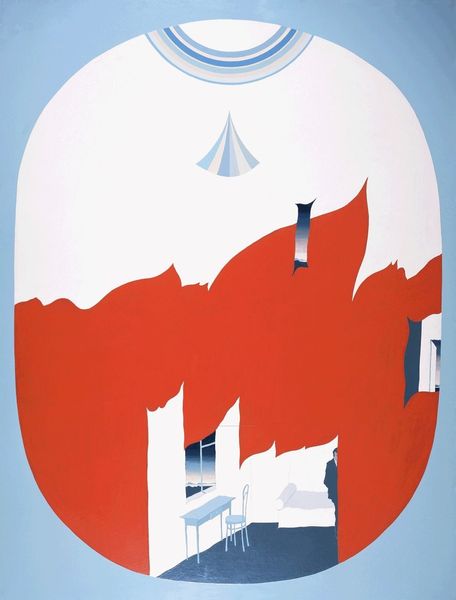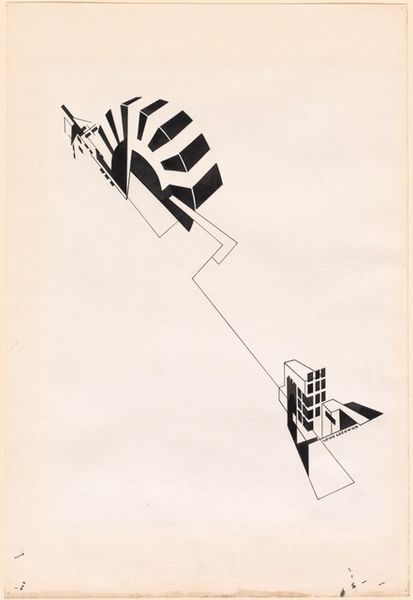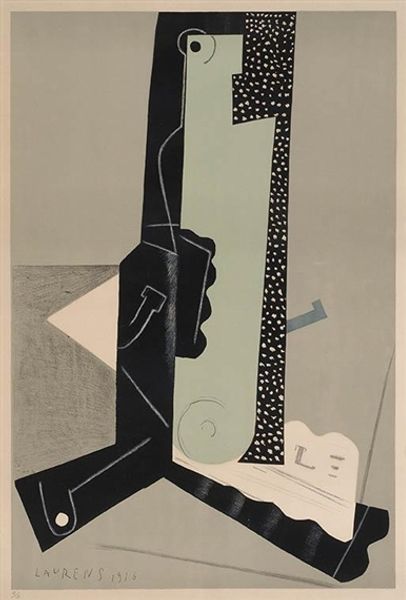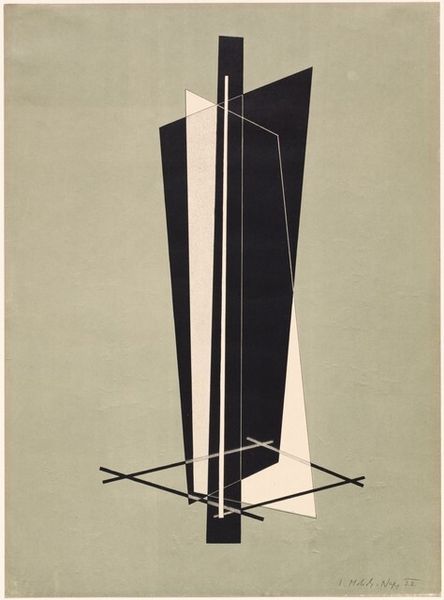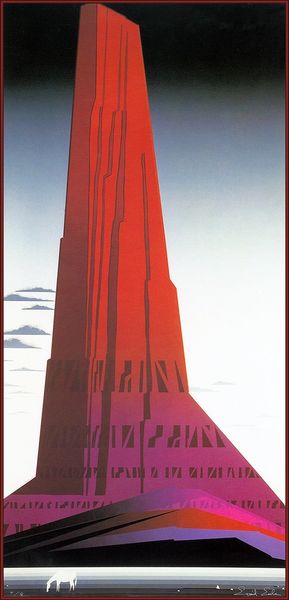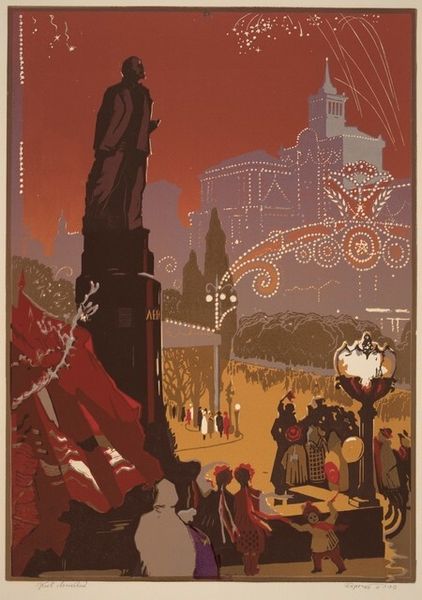
graphic-art, poster
#
art-deco
#
graphic-art
#
pop art
#
geometric
#
cityscape
#
poster
Copyright: Cassandre,Fair Use
Curator: This is “Saga,” a 1927 graphic poster designed by Cassandre, an important figure in the Art Deco movement. What strikes you first about this image? Editor: Well, immediately, I'm struck by a feeling of austere power, a machine age aesthetic. The sharp, clean lines are hard to ignore, especially within the broader context of interwar economic recovery in France and its imperial connections. Curator: Indeed, the composition is carefully calibrated. Note the dynamic interplay of geometric forms: the stark black hull of the ship, the precise cuboids representing cargo… the visual language emphasizes order, efficiency, and progress. Editor: Yet that progress comes at a cost. The words "Algerie, Tunisie, Maroc" painted on the cargo…these weren’t simply destinations, they were sites of colonial exploitation, linked by the very shipping lines that this poster is advertising. That stylized ocean with uniform lines is hardly innocuous when viewed through the lens of imperialism. Curator: While it's true those geographical names have those implications, Cassandre's formal choices demonstrate something further. Observe how the muted, earthy tones of the cargo contrast against the steely blue sky—it’s about directing our eye and creating visual depth through color theory and geometry. Editor: But to separate form from the geopolitical realities encoded within those destinations feels, frankly, like a dereliction. Even the font, while undoubtedly stylish, carries the whiff of power structures, suggesting control, an imperial gaze imposed upon North Africa. Curator: What you read as control, I see as rationalization, an attempt to aestheticize industrial labor. Consider the simplification: the figure atop the ship reduced to a mere silhouette. All elements coalesce into an undeniably striking whole. Editor: It is undeniably powerful, a well-constructed example of commercial design. However, its beauty cannot distract from the underlying economic realities it represents – a reminder that progress for some is so often built upon the exploitation of others. Curator: Perhaps. Yet examining how Cassandre utilizes visual components in such a deliberately clean and modernist structure gives insights into that aesthetic appeal, helping us to decipher how viewers in the 20's, and viewers today, have interacted with images of the machine age. Editor: And understanding that aesthetic allows us to engage more fully with the fraught relationship between the modern and the colonial, understanding these vectors as both historical conditions and material consequences.
Comments
No comments
Be the first to comment and join the conversation on the ultimate creative platform.

